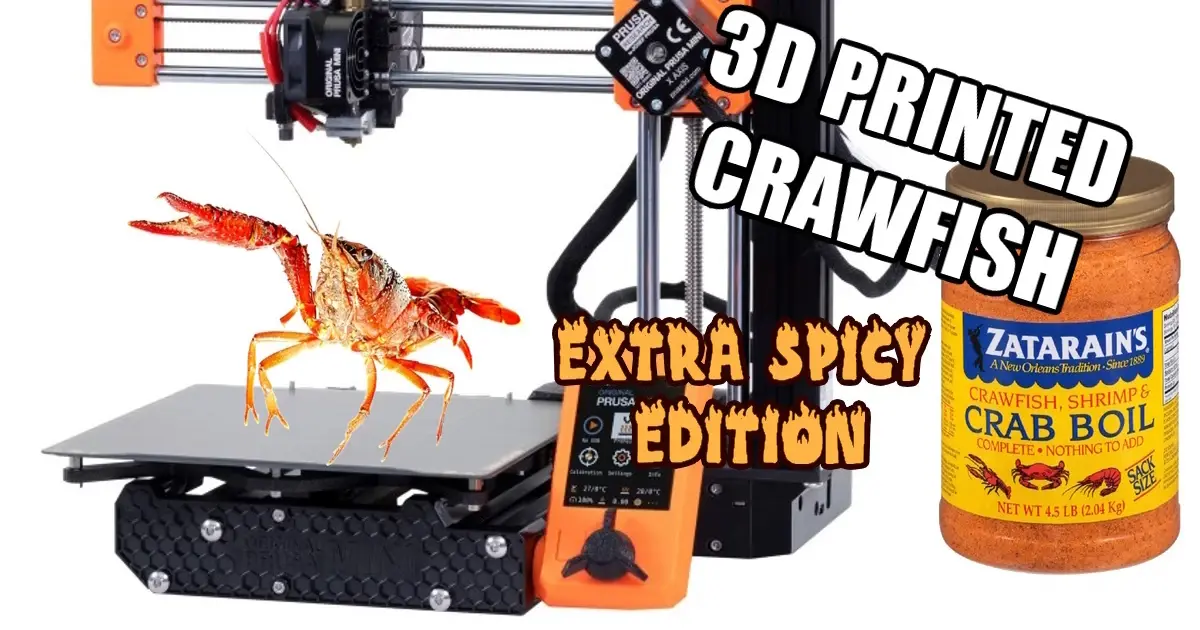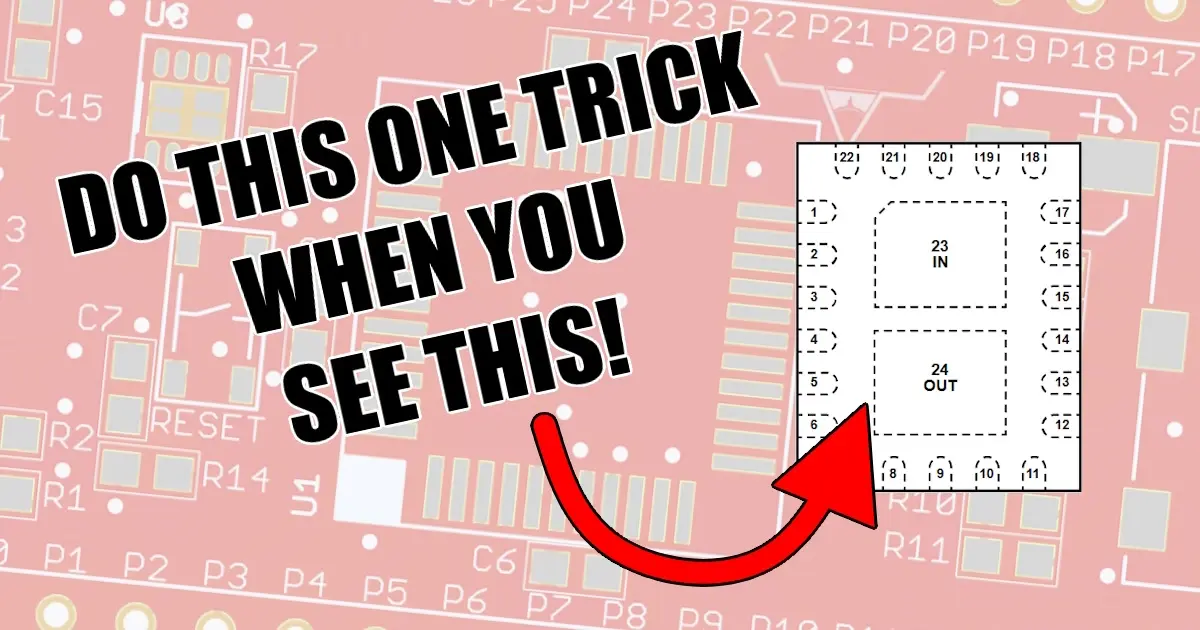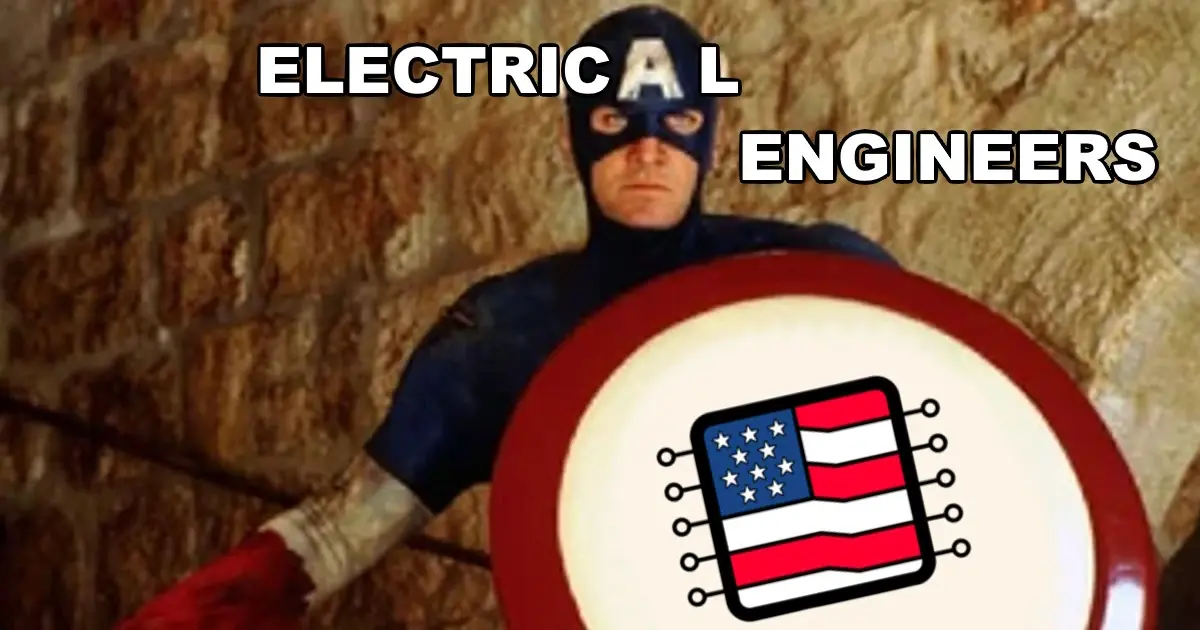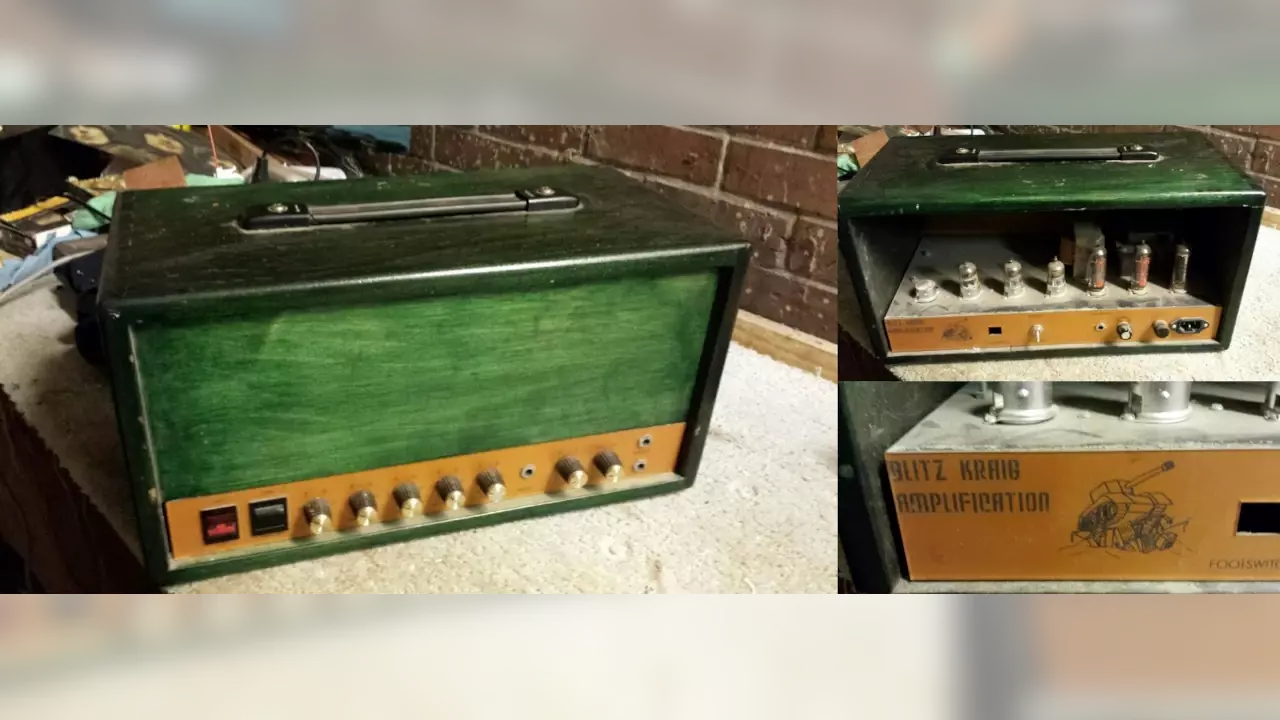Related Topics
Captured Pads
Parker & Stephen dive into Circuit Break Discourse, LT3073 regulator, Weldestroyer updates, Box Truk progress, and more!
Guard the CHIPS, New Math for Double E’s
Community feedback that led Parker to order a Bambu X1 Carbon 3D Printer, arriving any day now, S to the L to the A, “guardrails” that the U.S.
GPUs D.O.A, Reverse Polarity Problems, A 3D Printer Pickle
Dead on Arrival for high end GPUs. Why do so many consumer electronics not have reverse polarity protection?
Other Resources
Circuit Break Podcast
Webinars
Videos
Tour MacroFab's ITAR-Compliant Facility
February 24, 2017, Episode #56
- Cheers to all of our fellow engineers on National Engineers Week!
- We would love to hear from our listeners. Tell us what you think, your current projects, any topics you would like us to cover, or just say “hello”. To reach us follow us on Twitter @MacroFab or send us an email at podcast@macrofab.com.
- Scott wrote in earlier in the week. Gives the podcast two thumbs up. Thanks, Scott!
- Stephen talks about how he got started in Audio Amplifiers and how it led to him becoming an electrical engineer.
- Built his first Tube Amplifier 12 years ago and it still works. See Figure 1.
- Dilbert – The Knack
- Parker
- The greatest resistor in the world doesn’t fit inside the My200 Pick and Place. Will be remade with 0201 10K resistors.
- The Jeep Radio Hack made it to Hack A Day. Check it out!
- Rapid-Fire Opinion (RFO)
- Down and Dirty with Contact Cleaners – on Hack a Day
- Emmett wrote in and mentioned his volume knob on his NAD Series 20 stereo system is scratchy.
- Stephen likes MG Chemicals Nu-Trol Control Cleaner.
- For penetrating fluid Parker likes Kano Kroil.
- TI HDC1080 temperature/humidity sensor
- Steve wrote in to let us know about this neat chip.
- Relative Humidity Accuracy ±2%
- Temperature Accuracy ±0.2°C
- What sets this device apart from other humidity/temperature sensors is there are no analog readings involved. The output of the device is an I2C interface.
- Is owning a 3D printer worth it?
- Parker: If you know CAD, Yes. You treat it like another tool in your toolbox.
- Stephen: Making just silly plastic toys is not worth the expense of a 3D printer.
- Down and Dirty with Contact Cleaners – on Hack a Day
About the Hosts

Parker Dillmann
Parker is an Electrical Engineer with backgrounds in Embedded System Design and Digital Signal Processing. He got his start in 2005 by hacking Nintendo consoles into portable gaming units. The following year he designed and produced an Atari 2600 video mod to allow the Atari to display a crisp, RF fuzz free picture on newer TVs. Over a thousand Atari video mods where produced by Parker from 2006 to 2011 and the mod is still made by other enthusiasts in the Atari community.
In 2006, Parker enrolled at The University of Texas at Austin as a Petroleum Engineer. After realizing electronics was his passion he switched majors in 2007 to Electrical and Computer Engineering. Following his previous background in making the Atari 2600 video mod, Parker decided to take more board layout classes and circuit design classes. Other areas of study include robotics, microcontroller theory and design, FPGA development with VHDL and Verilog, and image and signal processing with DSPs. In 2010, Parker won a Ti sponsored Launchpad programming and design contest that was held by the IEEE CS chapter at the University. Parker graduated with a BS in Electrical and Computer Engineering in the Spring of 2012.
In the Summer of 2012, Parker was hired on as an Electrical Engineer at Dynamic Perception to design and prototype new electronic products. Here, Parker learned about full product development cycles and honed his board layout skills. Seeing the difficulties in managing operations and FCC/CE compliance testing, Parker thought there had to be a better way for small electronic companies to get their product out in customer's hands.
Parker also runs the blog, longhornengineer.com, where he posts his personal projects, technical guides, and appnotes about board layout design and components.

Stephen Kraig
Stephen Kraig is a component engineer working in the aerospace industry. He has applied his electrical engineering knowledge in a variety of contexts previously, including oil and gas, contract manufacturing, audio electronic repair, and synthesizer design. A graduate of Texas A&M, Stephen has lived his adult life in the Houston, TX, and Denver, CO, areas.
Stephen has never said no to a project. From building guitar amps (starting when he was 17) to designing and building his own CNC table to fine-tuning the mineral composition of the water he uses to brew beer, he thrives on testing, experimentation, and problem-solving. Tune into the podcast to learn more about the wacky stuff Stephen gets up to.
Special thanks to whixr over at Tymkrs for the intro and outro!
Related Podcasts

GPUs D.O.A, Reverse Polarity Problems, A 3D Printer Pickle
Dead on Arrival for high end GPUs. Why do so many consumer electronics not have reverse polarity protection?

The aCADemy of Education - Joshua Manley of CADClass.org
This week, Josh Manley, Co-Owner & CEO of CADClass.org, shares their expertise in software and design education.

Crawfish Conundrum
We discuss the different seasoning, boil and soak times, and building an inexpensive boil pot from materials and supplies Stephen already has.

Captured Pads
Parker & Stephen dive into Circuit Break Discourse, LT3073 regulator, Weldestroyer updates, Box Truk progress, and more!

Don’t Let AI Brew Your Beer
Parker and Stephen discuss Chat GPT-3, a language processing AI system, and what it can mean for engineers and society.

Guard the CHIPS, New Math for Double E’s
Community feedback that led Parker to order a Bambu X1 Carbon 3D Printer, arriving any day now, S to the L to the A, “guardrails” that the U.S.
About MacroFab
MacroFab offers comprehensive manufacturing solutions, from your smallest prototyping orders to your largest production needs. Our factory network locations are strategically located across North America, ensuring that we have the flexibility to provide capacity when and where you need it most.
Experience the future of EMS manufacturing with our state-of-the-art technology platform and cutting-edge digital supply chain solutions. At MacroFab, we ensure that your electronics are produced faster, more efficiently, and with fewer logistic problems than ever before.
Take advantage of AI-enabled sourcing opportunities and employ expert teams who are connected through a user-friendly technology platform. Discover how streamlined electronics manufacturing can benefit your business by contacting us today.
